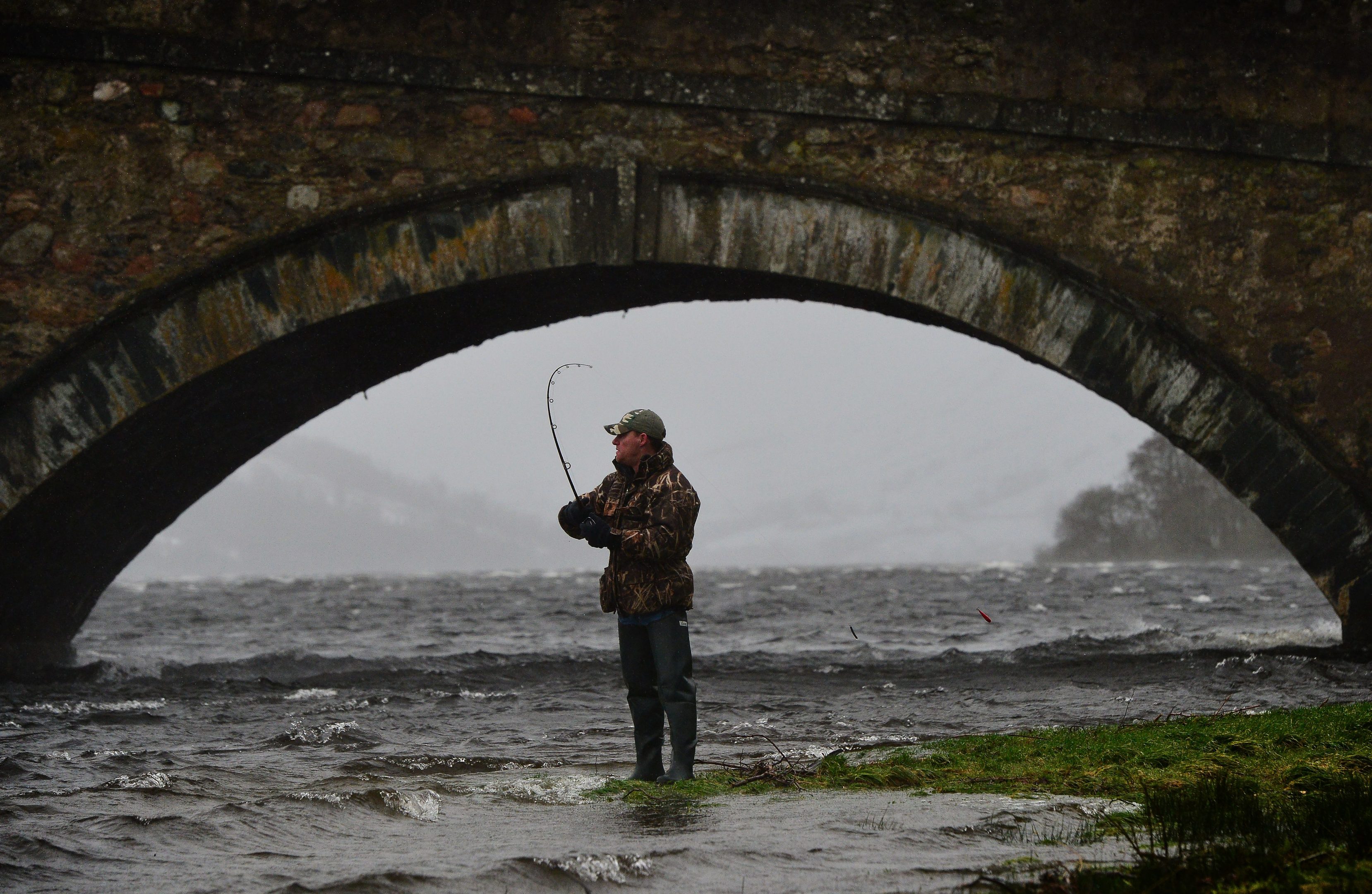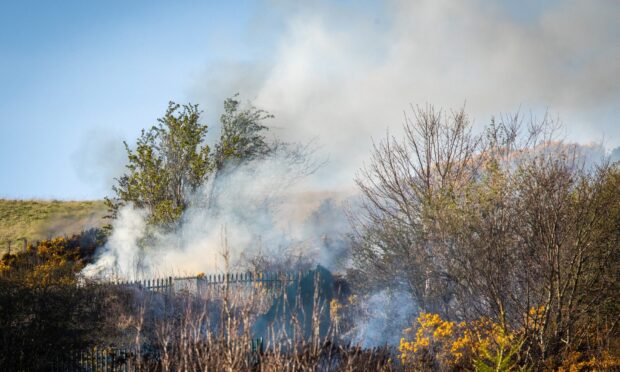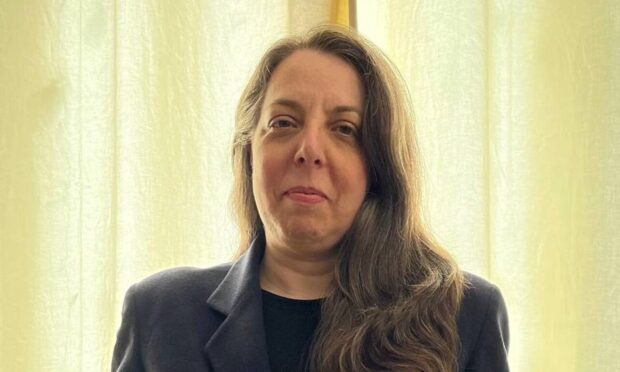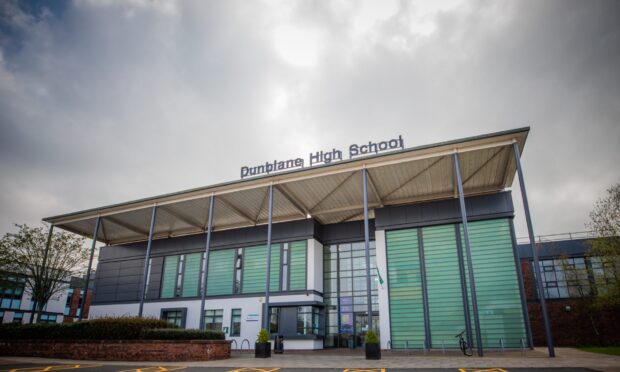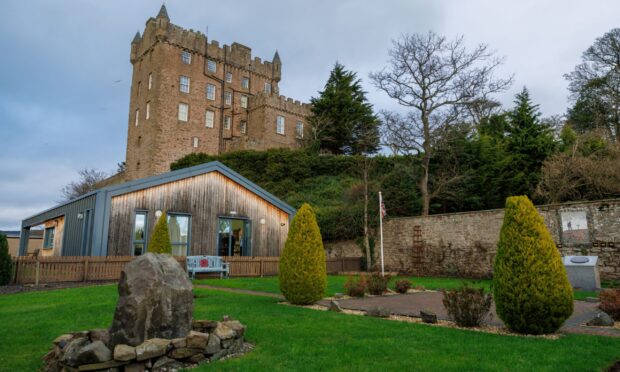A ten mile stretch of a Perthshire river is to be “brought back to life” thanks to a landmark agreement.
Fittingly the announcement that the “dry” River Garry will flow again was made on the opening day of the salmon season on the River Tay.
It means that spawning salmon will have access for the first time in over 60 years to the tributary of the Tay which could lead to 1,500 adult salmon returning to the river annually.
As anglers made their first casts of the year at ceremonies on the Tay, Bill Jack, chairman of the Tay District Salmon Fisheries Board (TDSFB) said: “It is difficult to envisage any other single project that would benefit salmon in the Tay system as much as this will.”
After decades of extensive water abstraction for hydro power, ten miles of the Garry which has been essentially dry since the mid 1950s, will run again.
The formal announcement was made at the Tay District Salmon Fisheries Board’s (TDSFB) annual ceremony to celebrate the opening of the Tay salmon fishing season, at Meikleour Fishings.
The traditional blessing of the boat and river with a Quaich of whisky was performed by James Smith of SSE.
In Highland Perthshire another ceremony was held at Kenmore where anglers were piped down to the river by the Vale of Atholl Pipe Band, led by Provost Liz Grant.
SSE confirmed that engineering work will commence in a few weeks to restore flows to the River Garry, some 15 miles north of Blair Atholl and an initial breach has already been made at the Struan Weir to begin this process.
Mr Smith, SSE’s Managing Director of Generation, said the announcement was in tune with their environmental responsibilities.
“We recognise this stretch of the River Garry as a special case for water restoration,” he said. “Although it will result in a loss of potential hydro energy for SSE we are delighted to play our part in restoring water flow and allowing salmon back to the upper Garry.”
Mr Jack added: “This most welcome news is a milestone in salmon conservation.”
“Some ten miles of the main river and seven miles of tributary will once again be capable of producing salmon,” he said.
“We estimate that this is likely to produce an additional 1,500 adult, predominantly spring, salmon returning to the river annually.
“We are very pleased to have been able to work with SSE and SEPA to a successful conclusion.”
Ian Buchanan of the Scottish Environment Protection Agency (SEPA), said: “This is by far the most significant river restoration project of this type that has been achieved to date in Scotland, if not the UK, thanks to the EU Water Framework Directive.”
